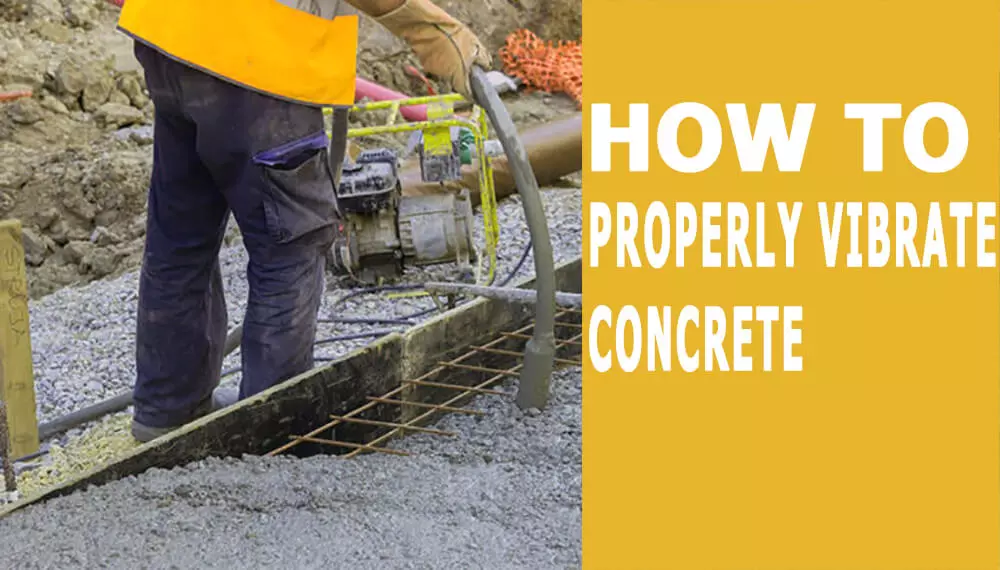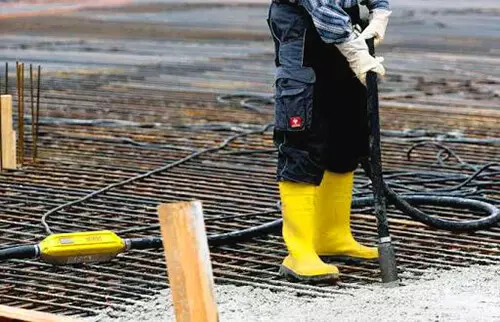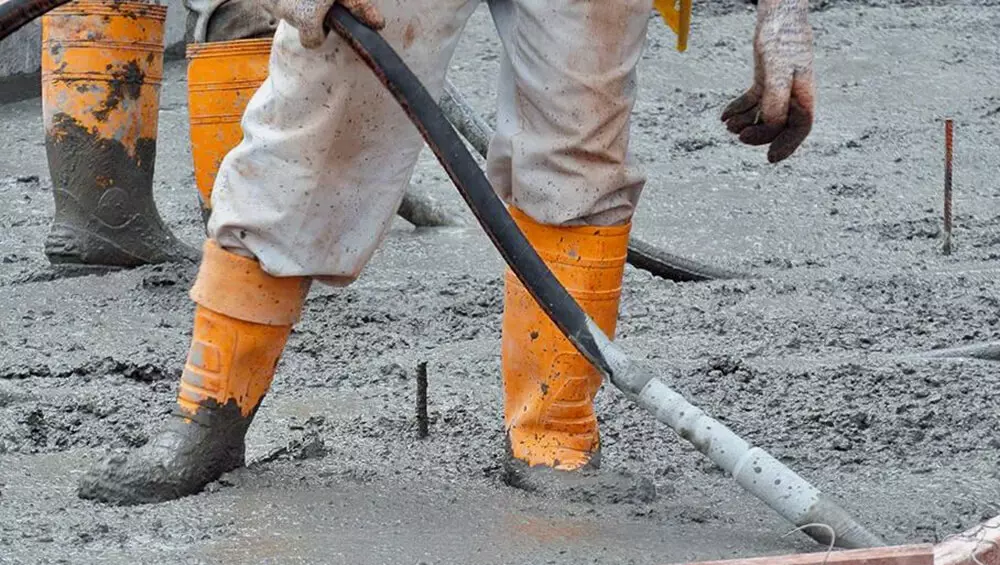02Aug 2023
table of contents
In the field of construction, achieving the strength and durability of concrete structures is of paramount importance. A critical step in ensuring this is concrete vibration, a process that is often overlooked but plays an important role in the overall quality and longevity of concrete structures.

Concrete vibration is a construction process that involves the strengthening of fresh concrete using various types of vibrators. The main purpose of this process is to compact the concrete mixture and remove trapped air and excess water. This produces a dense and evenly compacted mass, which is the key to high-quality, durable concrete.
Concrete vibrators eliminate air pockets by vigorously vibrating freshly placed concrete. Not only are concrete vibrators recommended during pouring, but in many cases building codes require their use.
Concrete vibrators play an important role in concrete construction, ensuring that the mixture is dense and free of air pockets that could compromise structural integrity. These tools come in different forms and are powered by electric or pneumatic systems. The applications of these vibrators can be divided into three main types:
Formwork Vibration: This technology is widely used in precast concrete buildings. The vibrator is mounted on the exterior of the concrete form and effectively vibrates the entire concrete form to remove any air pockets. In larger pours, these external vibrators are typically placed 6 feet apart to ensure even vibration throughout the structure.
Surface Vibration: In this method, large vibrators, often called "jumpers," are manually operated on the poured concrete surface. While its use is limited to board depths of about 6 inches or less, it provides a smooth finish, which is especially desirable when aesthetics are important.
Internal Vibration: This is the most common type of concrete vibrator. It involves using a probe-like device that is inserted quickly into wet concrete and then withdrawn slowly. The process is relatively simple and can be managed by a single operator. An internal vibrator ensures thorough compaction of the concrete, even in areas that are not easily accessible by other methods.

There are a variety of vibration tools to choose from, each designed for a specific application, mainly including internal vibrators, external vibrators, formwork vibrators, surface vibrators. At BISON, we offer a range of high quality concrete vibrators designed to meet different construction needs.
Choosing the right concrete vibrator depends on factors such as the type of concrete mix, the size and shape of the concrete element, and placement conditions. For example, internal vibrators are ideal for compacting large quantities of concrete, while formwork vibrators are best for precast concrete elements.

Insertion: Concrete vibrators should be inserted vertically into the concrete at 18-24 inch intervals. This must be done carefully to ensure that the vibrator slightly penetrates the previously vibrated concrete. This is very important to establish a good bond between the concrete layers.
Avoid Dragging: It is important not to drag concrete vibrator through the concrete. This can lead to segregation or separation of the concrete mixture, compromising the strength and integrity of the final product. Instead, let concrete vibrator sink into the concrete under its own weight.
Vibration Time: The time required to vibrate each insertion point should ideally be between 5-15 seconds, depending on the workability of the concrete mixture. This step requires careful balancing, as both under-vibration and over-vibration can cause problems.
Indicator of Sufficient Vibration: Observing a thin layer of mortar on the concrete surface can be an indicator that the concrete has vibrated sufficiently. This visual signal is crucial in ensuring the procedure is executed properly.
Avoid Excessive Vibration: As mentioned earlier, too much vibration can be just as harmful as too little. Excessive vibration can cause excessive bleeding and segregation of concrete, compromising its strength and durability. Therefore, it is crucial to maintain balance and avoid overdoing it.
When utilizing concrete vibrators, prioritizing safety is essential. Always ensure to wear suitable personal protective gear such as safety glasses, gloves, and steel-toed boots. Before use, confirm that the concrete vibrator equipment is functioning properly. In addition, avoid touching the flexible shaft of the vibrator during operation to avoid injury.
Some common mistakes during concrete vibration include over-vibration, under-vibration, and improper insertion of the vibrator. Excessive vibration can cause segregation and weaken the concrete, while insufficient vibration can leave air pockets, causing honeycombing and reducing strength.
To avoid these problems, always follow the manufacturer's instructions on how long to vibrate. Make sure to insert the vibrator vertically and remove slowly to prevent air pockets from forming.
Learn more about some quick tips on using a concrete vibrator.
Proper concrete vibration is fundamental to building strong, durable and aesthetically pleasing concrete structures. Selecting the correct vibrating equipment, following proper vibration methods, taking necessary safety precautions, and avoiding common mistakes are all keys to successful concrete vibration.
Ready to take your concrete building projects to the next level? Explore BISON's range of concrete vibrators. For more information about our products or have any questions, please feel free to contact us. Your journey to concrete structural excellence begins with BISON.
inquiry form here
BISON BLOG, All the latest news and views from Bison Machinery.